Waste not: How the St. Cloud recovery facility turns wastewater into green products
Large methane digesters, like the one in St. Cloud, could make a significant contribution in the fight against global warming.
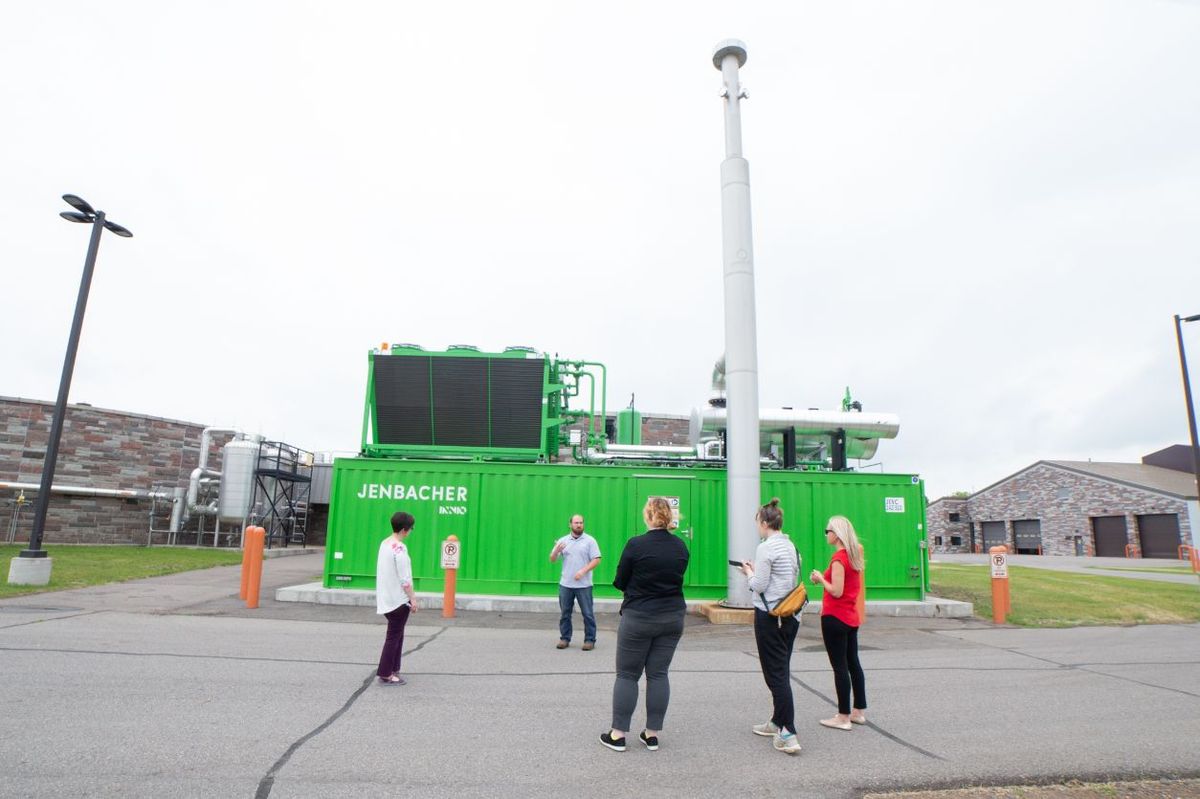
ST. CLOUD - Staff at the St. Cloud Nutrient, Energy and Water Recovery Facility have some affectionate nicknames for their equipment.
Their first biofuel generator is known as “Jenny No. 1.” And they call their first solar array their “baby solar.”
The facility produced 98% of the energy it used in 2021. And that number rises to 117% when you include community solar.
If you are not sure what the “NEW Recovery Facility” really is, it used to be known as “wastewater treatment,” for the raw material it processed. Now it’s named for the materials it recovers from that waste: nutrients, energy and water, hence the acronym NEW.
The central Minnesota plant processes sewage, or wastewater, from six cities plus “high strength waste” from breweries and food processors. That’s about 10 million gallons a day through a process that takes a lot of energy. The facility uses about 6 million kilowatt-hours annually, which equals a year's worth of energy for about 536 homes.
St. Cloud is using a system known as anaerobic digestion, methane digestion or biodigestion, to break down organic waste into useful components including biogas, clean water and agricultural products.
(Prior to 1956, wastewater from St. Cloud went straight into the Mississippi River. Sit with that for a minute.)
Using organic waste for energy is not new. There's a record of a biodigester in India in the mid-1800s. St. Cloud installed its first biofuel generator about five years ago. The second came in 2020 with funding support from a brewery that brings its organic waste to the center for processing.
Biodigesters have become increasingly attractive for their renewable energy potential, the role they can play in reducing methane emissions and how they can add to the fertilizer supply now that we're facing a severe shortage.
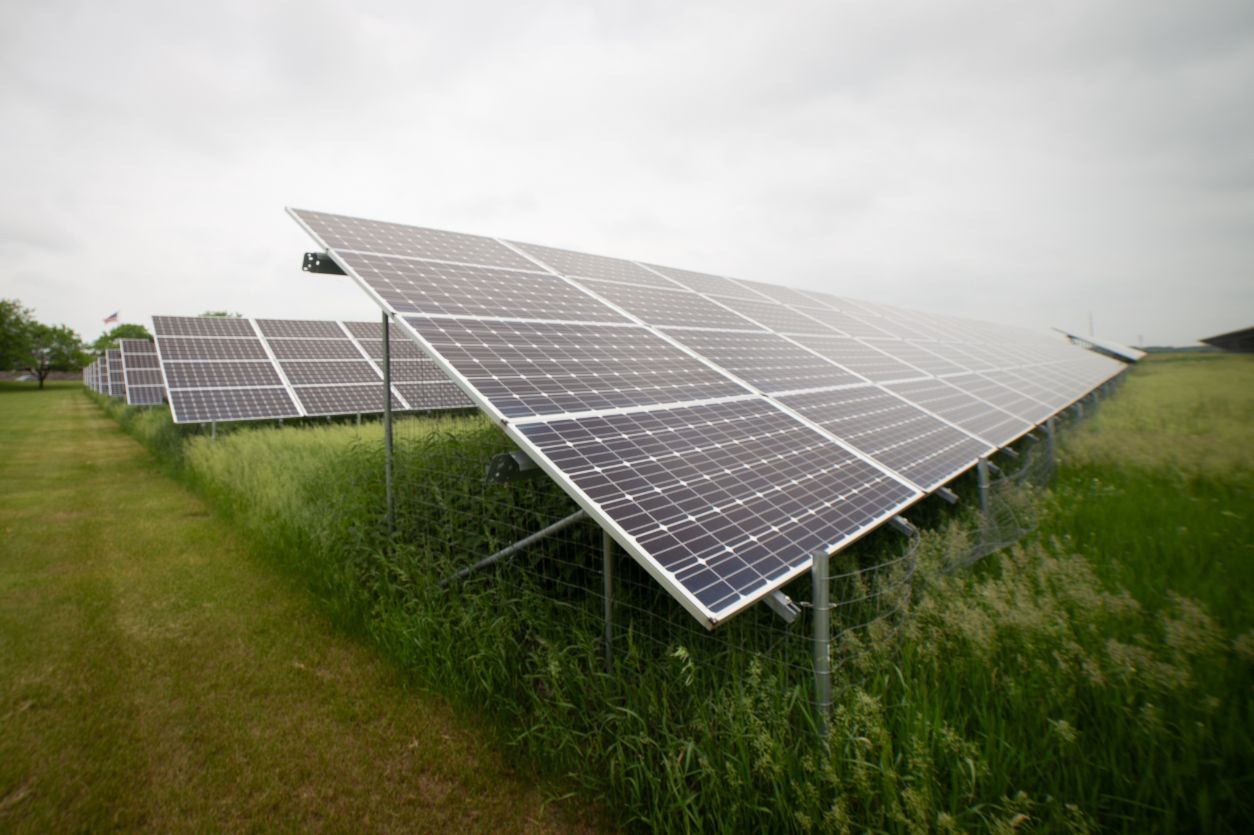
What happens in the digester?
“Anaerobic digestion kind of works like your stomach,” said Emma Larson, St. Cloud’s assistant public utilities director, during a tour and interview in June.
Microbes – that are also found in the human body and “donated” to the plant through the wastewater – continue to break down the organic waste in an oxygen-free environment on site. The microbes release a biogas (primarily methane and carbon dioxide) that is immediately stored or used on site in a generator that powers the facility.
The St. Cloud facility does something here to set it apart from similar plants. Their system treats the biogas before they use it. The system pulls out moisture and abrasive substances, which would otherwise wear down the engine and increase maintenance time. That’s time the generators aren’t running.
“When we’re not running our engines we have to purchase electricity,” Larson said.
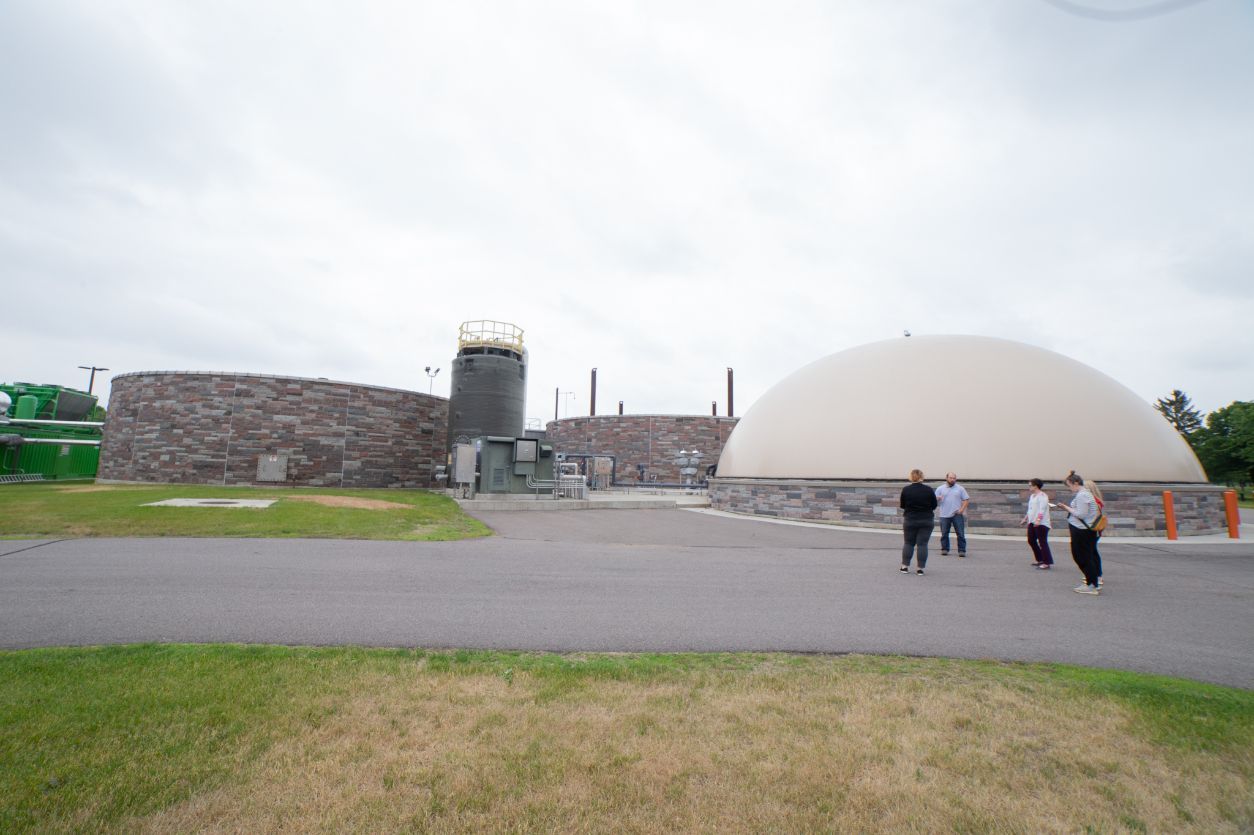
Large methane digesters could make a significant contribution in the fight against global warming, according to Project Drawdown, which has assessed and ranked solutions. When the book came out in 2017, large digesters were the 30th most promising method to mitigate greenhouse gas emissions with a potential to reduce more than 8 gigatons of carbon dioxide by 2050. That, of course, would require large scale infrastructure and buy-in.
At the St. Cloud recovery facility, the system has succeeded not just for its environmental impact, but for its economic impact.
“For us, green is cheaper. We’ve got tons of data to support it,” said Tracy Hodel, St. Cloud’s public services director, during that June site visit.
Hodel has worked for the city for about 20 years and remembers visiting the facility while still in college.
“I was just in awe,” Hodel remembered.
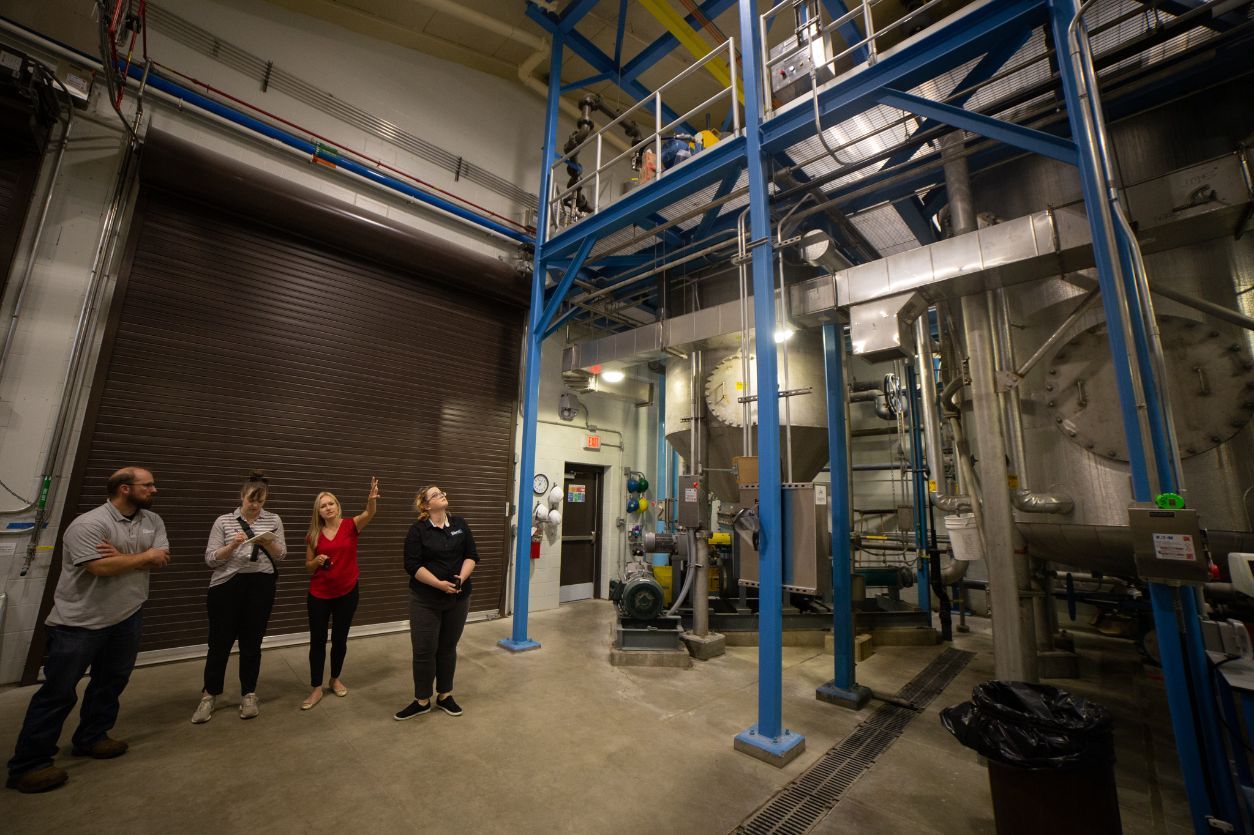
The facility dates back to the mid-1970s when it was built primarily with federal dollars from the Clean Water Act. It was built large to accommodate meat and poultry processors in the area that eventually closed, leaving St. Cloud with capacity for bigger innovations.
Now they have the two generators, four solar arrays, a back-up diesel generator and biogas storage. Plus they produce two different fertilizer products – one is a liquid shared with nearby farmers and another is called struvite. Struvite are white pellets rich in phosphorus and incorporated into fertilizer products.
“A lot of blood, sweat and tears were put into all of these projects here by all of our team,” Hodel said.

Next the facility is working on renewable natural gas and green hydrogen projects with a more than $1 million grant from the Minnesota Environment and Natural Resources Trust Fund.
Lessons from St. Cloud
When talking with other cities and communities who want to follow St. Cloud’s lead, Hodel has a few insights to share. First, she recommends creative financing. The city used the money it saved on energy to pay for capital improvements on the site. And it used funds from businesses to support new infrastructure that those businesses needed.
Hodel also recommends keeping good data. Staff did a deep analysis of the city’s energy use at the facility and beyond. Then they took steps to become more energy efficient.
“The best kilowatt hour is one you never have to use in the first place,” said Public Services Analyst Liz Kramer.
And from that baseline, they worked to produce the bulk of the energy they use on site.
That started with buy-in from the city council and mayor and then support from other stakeholders, including nearby businesses. Early and measured adoption has helped save money in the long term and stabilized property taxes and utility rates, Hodel said
“Jumping on community solar gardens – we were one of the first communities to sign on to those agreements. And now we’re benefitting from that, because our rates are drastically lower than what other communities are paying,” Hodel said.
She recommends thinking five, 10 and 20 years ahead.
“Big picture, that’s what we’re all here for," Hodel said, "to leave this place in a better spot than when we came."
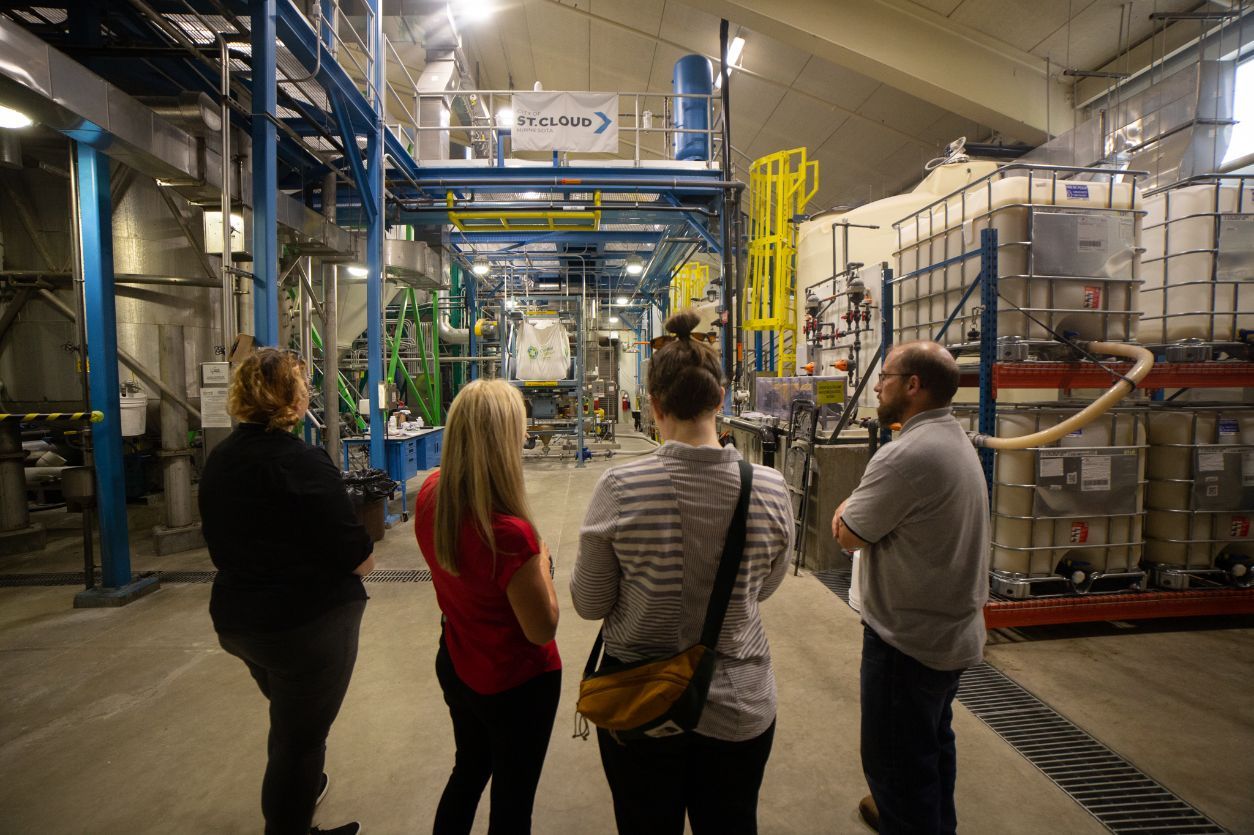
This story was originally published in the Project Optimist newsletter on Nov. 16, 2022.
